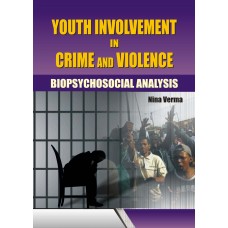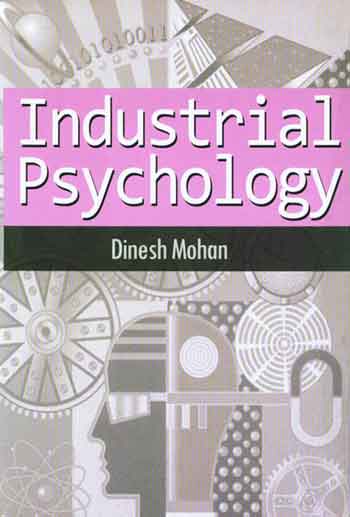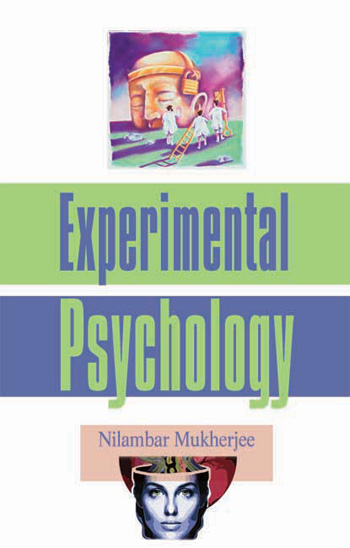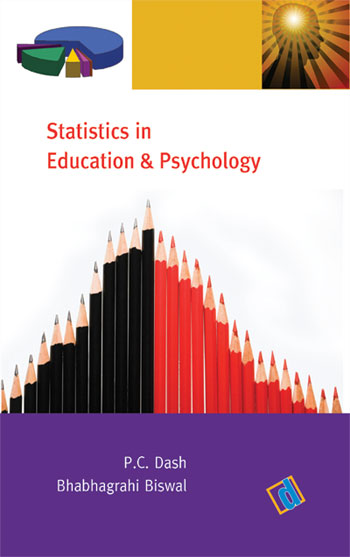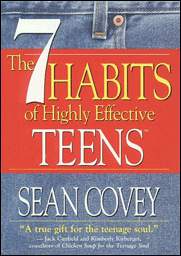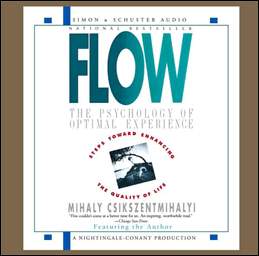Youth Involvement In Crime And Violence Biopsychosocial Analysis
By Nina Verma(Author)
This book is designed to understand the array of political talk, media stories, government initiatives and academic research about the biopsychosocial behaviour of youth involved in crime and violence. The purpose of this book is to briefly outline major theories that have examined the root causes of crime and violence and its preventive measures in two parts. The first part reviews the major principles or concepts associated with involvement of youth in crime and violence in twelve chapters and the second part examines various crime prevention strategies and its impact in ten chapters.A number of academic disciplines have developed specific theories to explain the onset and persistence of violent behaviour. Some of these theories focus on how individual propensities– including biological and psychological disorders– increase the probability of violence. At the other end of the spectrum, structural theories propose that variables like poverty, oppression, social inequality and racism must be considered in any explanation of violent behaviour. Still others maintain that the source of violence lies in family dynamics, neighbourhood characteristics or peer socialization processes. It is quite difficult to negotiate and organize the plethora of ideas, hypotheses and empirical findings that mark the study of crime and violence.
